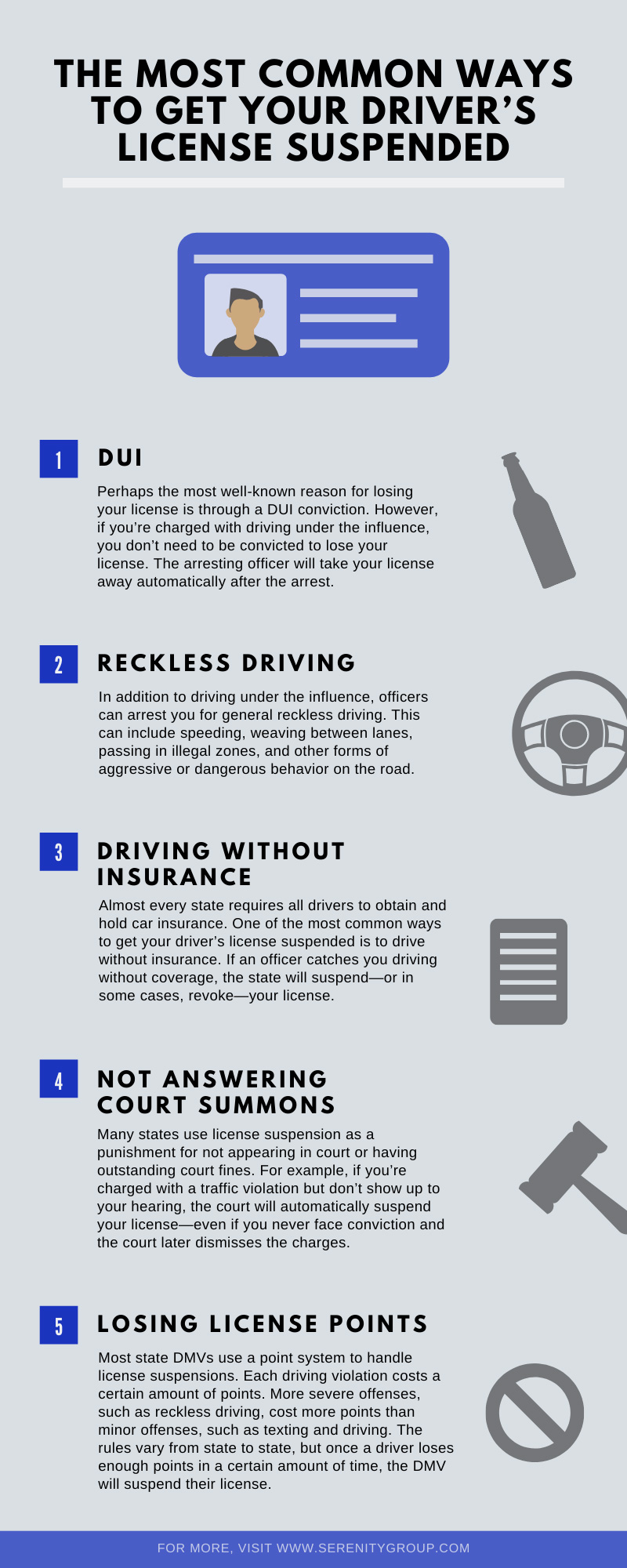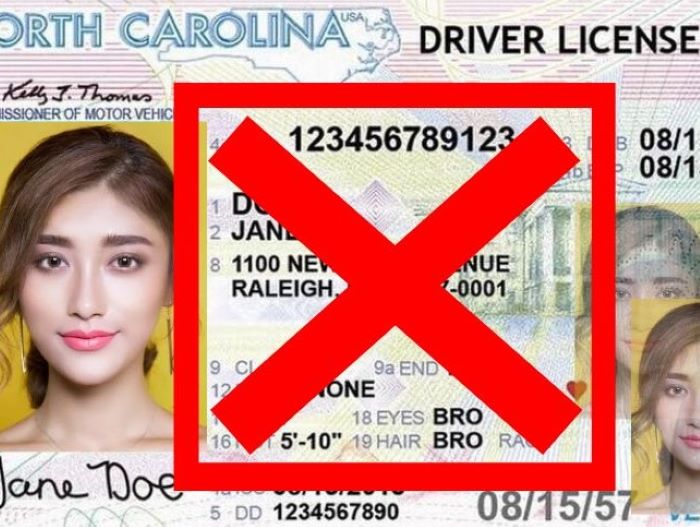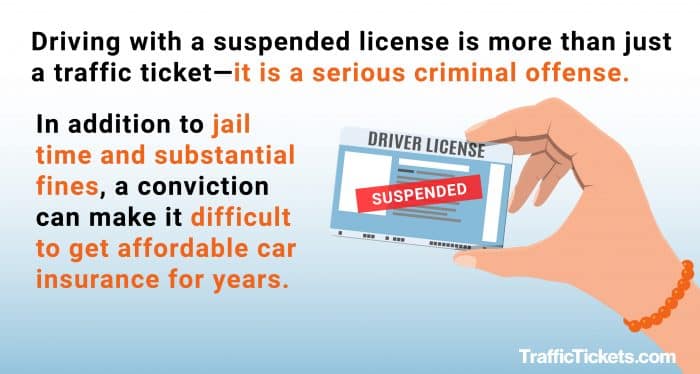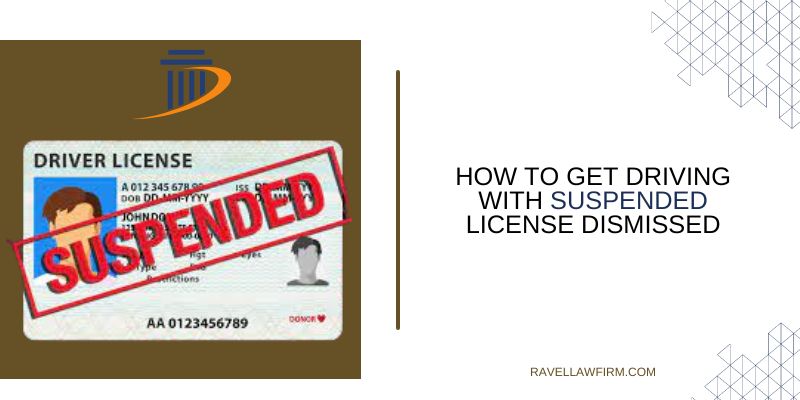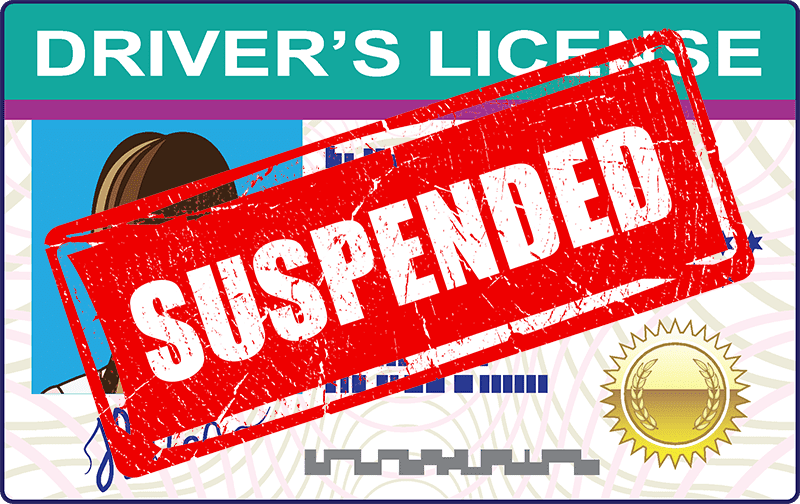How Can I Get My Suspended License Back

A suspended driver's license can significantly disrupt daily life, impacting employment, family obligations, and overall mobility. Understanding the reinstatement process is crucial for individuals seeking to regain their driving privileges and navigate the complexities of state regulations.
This article will provide a comprehensive guide on how to reinstate a suspended driver's license, covering common reasons for suspension, steps involved in the reinstatement process, and potential challenges drivers might face.
Common Reasons for License Suspension
Licenses are commonly suspended for various reasons, including driving under the influence (DUI), accumulating too many points on your driving record, failure to pay traffic tickets or child support, and driving without insurance. Each state has its own point system and criteria for suspension, so it's vital to understand the specific laws in your jurisdiction.
Ignoring a suspension notice can lead to further legal trouble, including additional fines and even jail time. Therefore, addressing the suspension promptly and understanding the underlying cause is critical.
Steps to Reinstating Your License
The reinstatement process typically involves several key steps. First, drivers must determine the reason for the suspension and the specific requirements for reinstatement. Contacting your state's Department of Motor Vehicles (DMV) or equivalent agency is the best way to obtain this information.
Next, drivers may need to fulfill specific obligations, such as paying outstanding fines, completing a defensive driving course, or installing an ignition interlock device (IID) in their vehicle if the suspension was DUI-related. Some suspensions also require proof of insurance.
After completing all required actions, drivers typically need to apply for reinstatement and pay a reinstatement fee. The fee amount varies by state and the reason for the suspension.
Navigating State-Specific Requirements
Each state has its own unique procedures and requirements for license reinstatement. For example, in California, drivers suspended for DUI may need to complete a DUI program and file proof of financial responsibility (SR-22). New York, on the other hand, may require drivers to attend a safe driving course after accumulating a certain number of points on their record.
The DMV websites usually offer detailed information and online resources to guide drivers through the process. It is essential to consult these official sources for accurate and up-to-date information.
Potential Challenges and How to Overcome Them
The reinstatement process can present several challenges. Affording the reinstatement fees and other associated costs (e.g., DUI program fees, SR-22 insurance) can be difficult for some individuals. It's important to explore payment plans or financial assistance programs, if available.
Another challenge is the waiting period. Depending on the reason for the suspension, drivers may have to wait several months or even years before they are eligible for reinstatement.
Gathering all required documents and completing the necessary paperwork accurately can also be burdensome. Thoroughly reviewing instructions and seeking assistance from the DMV or a legal professional can help avoid delays and errors.
Ignoring the suspension or attempting to drive without a valid license can result in further legal consequences and delay the reinstatement process.
A Human Perspective
For many, losing driving privileges can have a devastating impact on their lives. Consider the story of Maria Rodriguez, a single mother who relied on her driver's license to get to work and take her children to school. After receiving multiple traffic tickets, Maria’s license was suspended.
She faced immense difficulties maintaining her job and ensuring her children attended school regularly. Through perseverance and the help of a local community organization, Maria successfully completed a defensive driving course, paid her outstanding fines, and regained her driving privileges.
Maria's story underscores the importance of understanding the reinstatement process and seeking help when needed. It is a great example of how regaining a license can improve one's life.
Conclusion
Reinstating a suspended driver's license requires understanding state-specific regulations, fulfilling required obligations, and paying applicable fees. While the process can be complex and challenging, following the steps outlined by your state's DMV and seeking assistance when needed can help drivers regain their driving privileges and get back on the road legally.
Remember to check your state's DMV website for the most accurate and up-to-date information specific to your situation.

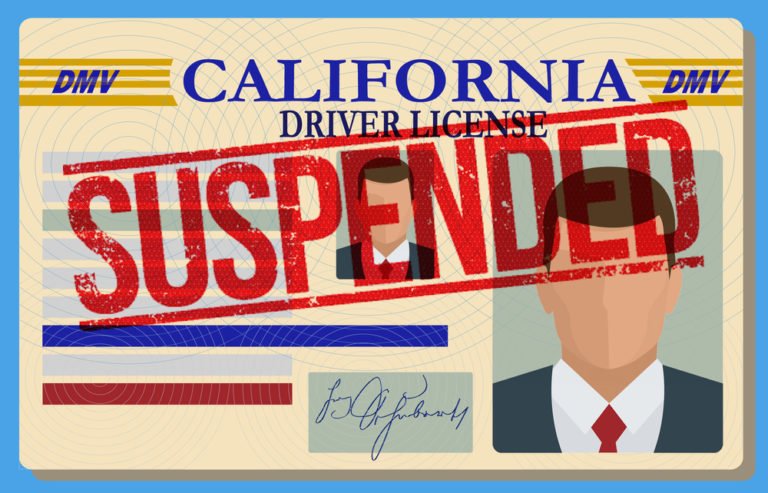




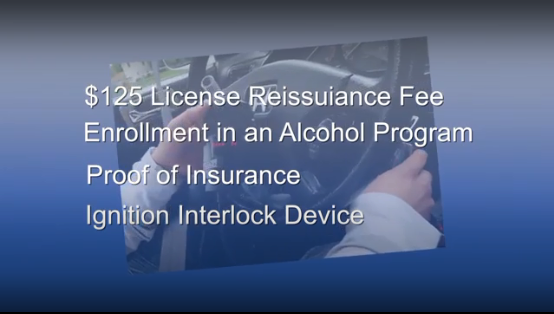
:max_bytes(150000):strip_icc()/how-to-get-a-suspended-license-reinstated-5186484-final-0bd5681c158241478319205eaefea27a.jpg)

